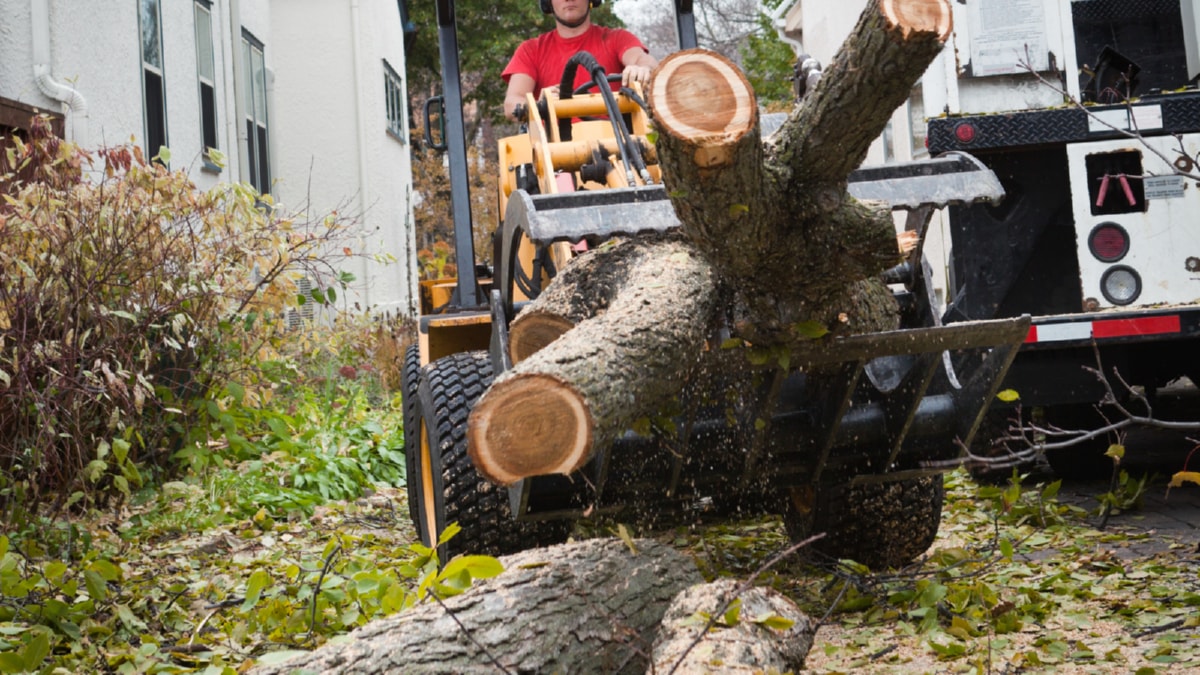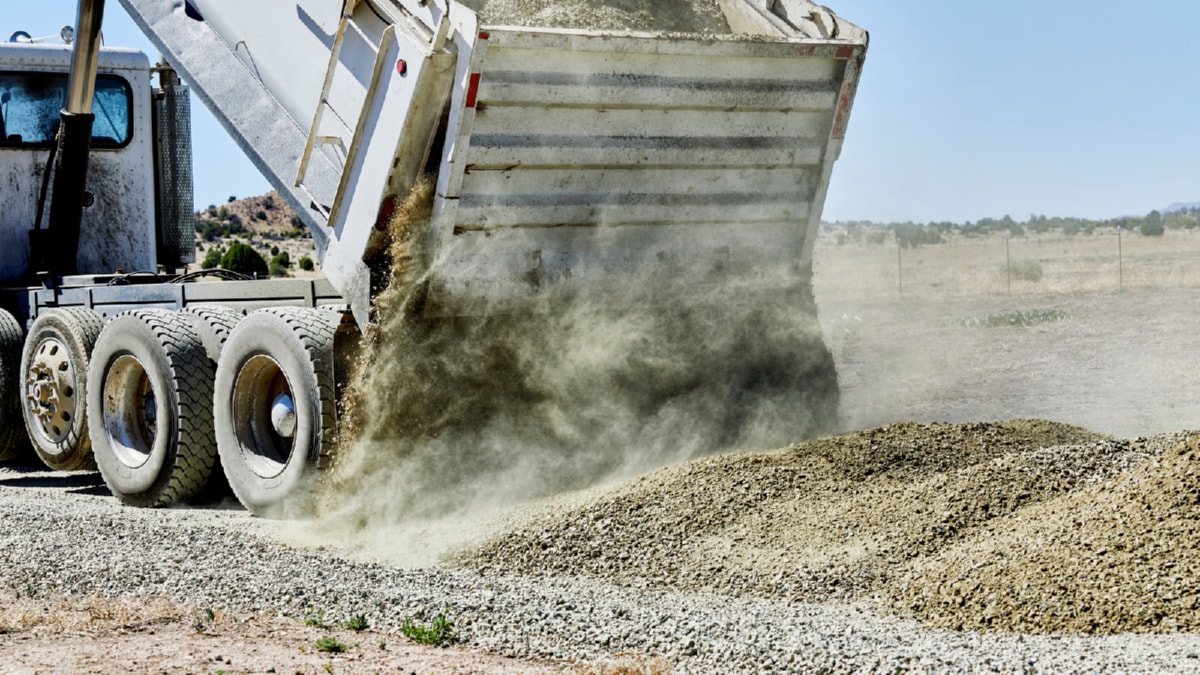Understanding the Basics of Green Construction
Green construction, also known as sustainable or eco-friendly construction, is about constructing of structures with resource efficiency and environmental considerations in mind. It’s a comprehensive approach that considers all aspects of the construction process, from material selection to construction methods, and even how the building impacts the environment after it’s built.
Green construction takes into account the complete building life-cycle, beginning with the extraction and transportation of raw materials, up to and including the dismantling of the building at the end of its life. It aims to create structures that are not just energy efficient, but also comfortable, safe, and healthy for occupants.
Efficient energy use is one of the key objectives of green construction. This involves the use of renewable resources such as solar power, wind power, and geothermal energy. Additionally, it includes the installation of energy-efficient appliances and systems, such as LED lighting and high-efficiency HVAC systems, in addition to using windows and insulation that help to minimize heat loss.
Sustainable material selection is another crucial aspect of green construction. This means using materials that are either renewable or have a low environmental impact. For example, bamboo is a popular choice for flooring because it’s a rapidly renewable resource. Similarly, recycled steel, concrete, and glass are also commonly used.
Furthermore, green construction also considers water efficiency. This includes the installation of low-flow fixtures and appliances, collecting and reusing rainwater, and landscaping with plants that require minimal watering.
Finally, green construction seeks to minimize waste during the construction process. This involves planning and estimating accurately to minimize over-ordering, reusing materials wherever possible, and recycling construction waste instead of sending it to the landfill.
In conclusion, green construction is about more than just building structures – it’s about doing so in a way that benefits the environment. It requires careful planning, thoughtful material selection, energy and water efficiency, and effective waste management. By grasping these fundamentals, construction professionals can contribute to creating buildings that are not only more environmentally friendly, but also healthier and safer for those who inhabit them.
For more details, check best Insulation Solutions in Waterford or visit their Insulation Services Waterford business listing here.




